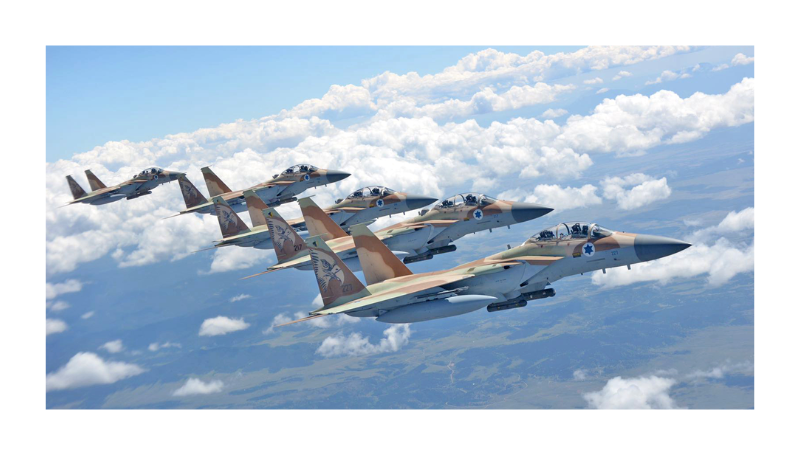Canaan Lidor
National Post, July 20, 2025
“The strikes were out of character for Israel, which very rarely uses military force in defence of non-citizens. Some find the strikes puzzling.”
As millions of Israelis resumed routines and activities interrupted by the war with Iran, life ground to a halt last week in the Druze communities of the Golan Heights.
A massacre perpetrated on July 13, in which hundreds of Druze Syrians were reportedly murdered, has shaken Majdal Shams, a picturesque town that’s home to most of the Golan’s 20,000-odd Druze residents, many of whom have relatives across the border.
“This is our Oct. 7,” Sari Halabi, whose home in Majdal Shams is situated 50 yards from the border fence, told JNS on July 17. “Life froze. We keep watching the videos that the terrorists took of themselves butchering our families, feeling angry, anxious and completely destabilized.”
Alongside the grief and shock that has struck this community, many here feel proud of and grateful for Israel’s robust intervention to stop the massacres — on July 16, the Israel Air Force struck key regime targets in Damascus — and optimistic that the Druze of Syria and Israel would unite in the wake of the massacres.
Following the July 13 massacre in Sweida, a predominantly Druze city in southern Syria, hundreds of Druze living on the Israeli side of the border briefly crossed into Syria without permission out of concern for their families there, as dozens from that country entered Israel to seek safety and see relatives, though most were later returned.
Elsewhere in Israel, Druze citizens, of whom Israel has about 150,000, declared a general strike, blocked roads, and demonstrated, demanding Israel act to rescue their kin. The protest subsided after Israel struck Damascus on July 16, prompting the Syrian authorities to announce a ceasefire as security forces were deployed to Sweida to end the violent clashes. …SOURCE


